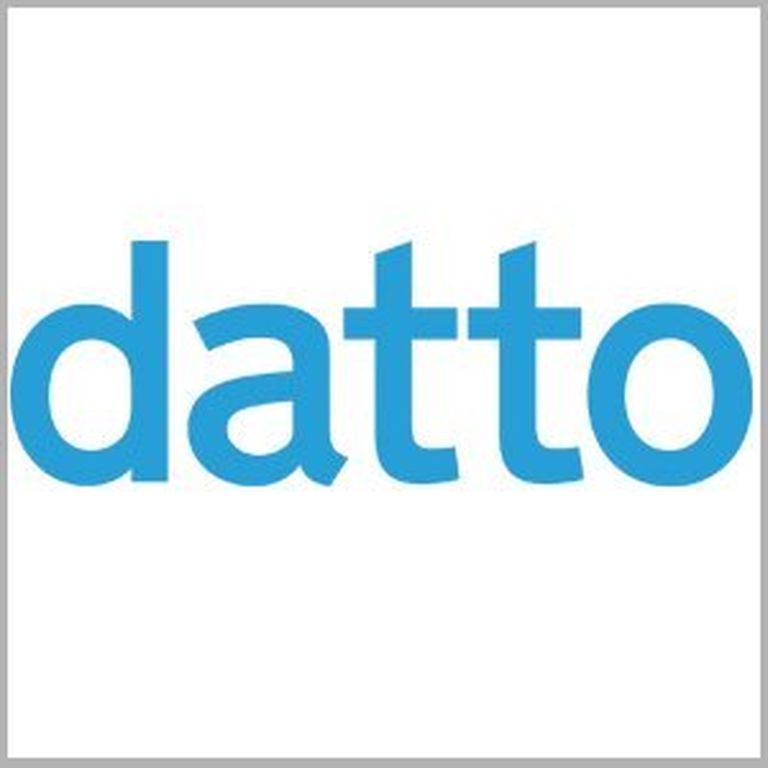In the current global environment, working from home has become a new normal for many. That transition to remote work can be challenging for your workforce as well as your clients’ employees. Particularly difficult is how communications naturally change when we aren’t in an office with our teams or aren’t visiting clients regularly. As a business owner, you can conquer these challenges if you are thoughtful and strategic in your approach.

We’ve compiled several strategies that you can employ immediately to better your remote communication and collaboration efforts.
1. People First: If you own a business or manage a team, be sure your employees are involved in the development of your new communications process. If your process is built with the feedback and needs of the team in mind, you’re more likely to garner buy-in from those involved and have better outcomes overall. When it comes to your clients, the same is true. Understanding their current situation, their challenges, and their schedule will help you connect with them more authentically and more effectively when you do communicate.
2. Choose the right tool for the right message: There are a number of tools you can use for remote communication including:
- Video Conferencing (Zoom, Google Meet, Skype)
- Instant messaging and text messaging (Slack, Google Hangouts, Skype)
- Phone
Making sure everyone has access to these tools is imperative. In addition, you’ll need to be thoughtful and strategic about your use of these tools, your audience, and how it will be received on the various platforms. Is your message for an internal audience or your clients? Perhaps that quick question would be best answered through an instant message, your outline for your latest strategic plan should be sent via email, and a zoom meeting might be best to truly understand your team’s current bandwidth or a technical issue your client is having.
3. Schedule check-ins and casual communication: Have a regular standup meeting first thing in the morning to ensure that you are accountable for “getting to work” at a certain time. This also gives your employees a chance to debrief and set expectations for the day and the week. If possible, while working remotely, plan social check-ins with both internal teams and your clients. Reach out and have virtual lunches or coffee. If you’re used to getting together once a month for happy hours or trivia nights, continue the tradition in a digital format. This is critical for team building and to make everyone feel more connected. For your clients, setting up a virtual coffee just to see how they are handling the current crisis will be much appreciated.
4. Host office hours for your direct reports: If you are an owner or manager, set up an open virtual meeting where your internal team can jump in and out for quick chats. This is a bit different than the meetings we’ve discussed above. No agenda, just making yourself accessible should the team need to chat with you. You may find that you need a full ninety minutes some days and only ten minutes the next but if everyone knows you’re available for a discussion during a certain time of the week, you’d be surprised just how impactful it can be.
5. Communicate The Visibility of Your Work: Whether you own a small business or work in a larger company, it can be hard to ensure others have visibility of your work if you are remote. For MSPs, this can apply to both your employees and your clients. You may want to increase communication and transparency with your customers. Set up regular meetings, allow your clients to ask questions one on one, and review what you are doing for them so they understand the scope of your work.
Communication in a remote work environment can be challenging but if done well can be very effective. Take time to step back and evaluate your current process for communicating with internal and external audiences and develop tactics that fit your unique situation.
For more details and examples regarding the above tactics, check out our recent podcast on the topic, “Effective Communication In a Remote Work Environment”.
Guest blog courtesy of Datto. Co-authored by Melissa Hockenberry, community program manager; and Sharon Malfesi, director, agile project management. Read more Datto guest blogs here.




